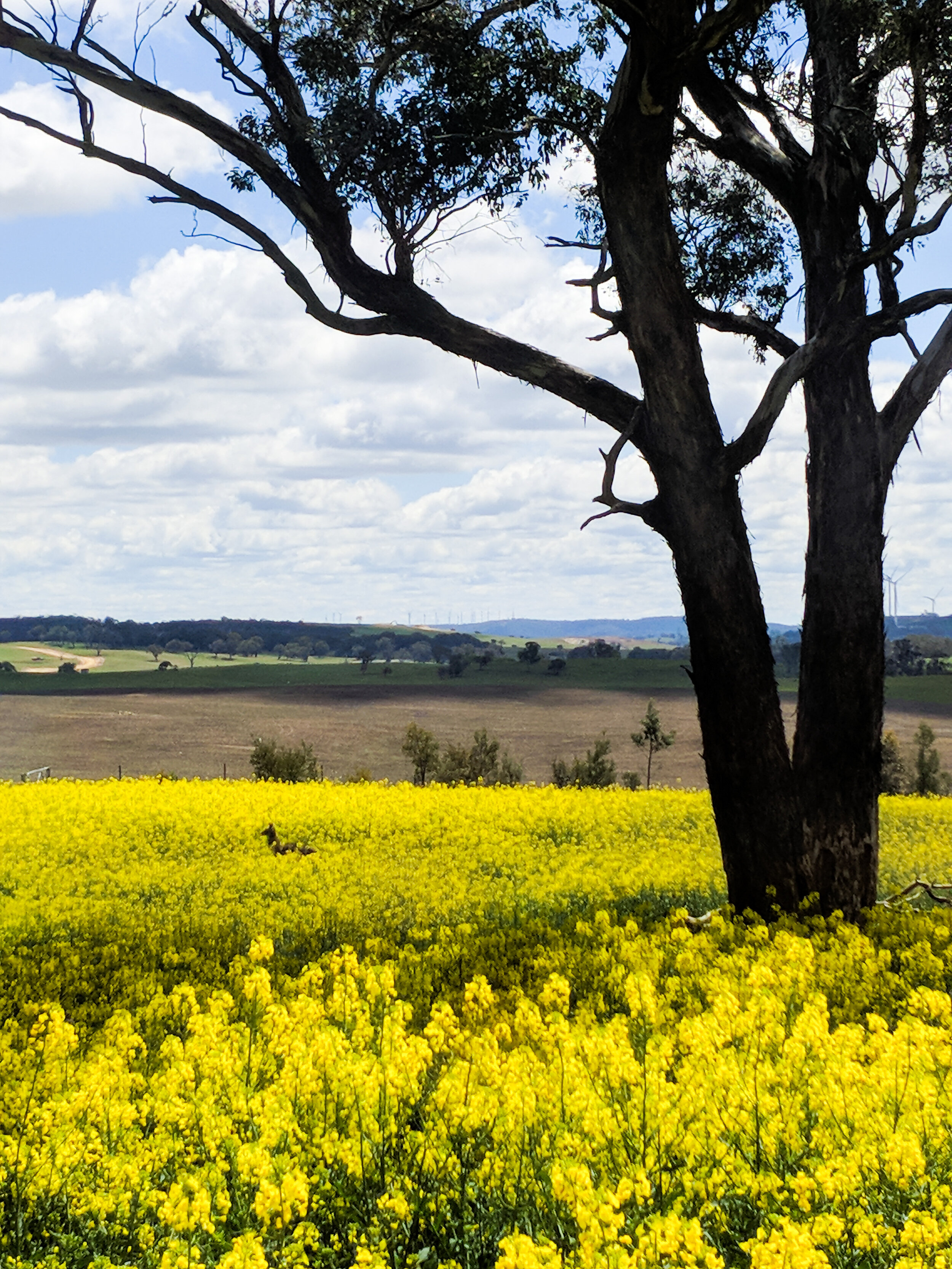What is a Test of Significance (5-Part Test)?
A Test of Significance (5-part test) may be required when a developer/proponent is submitting a Development Application (DA) to determine whether impacts associated with the development will have a ‘significant impact’ on biodiversity (in particular, threatened species or threatened vegetation communities). This test is pursuant to section 7.3 of the Biodiversity Conservation Act 2016.
TEST OF SIGNIFICANCE / 5 PART TEST
When a developer/proponent is undertaking a DA (e.g. dwelling, subdivision, shed, driveway, granny flat) or SSD (e.g. residential village, school, hospital, road, warehouse, shop, factory) under Part 4 of the Environmental Planning and Assessment Act 1979, the developer/proponent is required to engage an Ecological Consultant to prepare a ‘test of significance / 5 part test’ (as part of a Flora and Fauna Assessment Report) pursuant to section 7.3 of the Biodiversity Conservation Act 2016 if the development:
Is not located in an area mapped as containing ‘Biodiversity Values’; and
Does not exceed the Biodiversity Offset Scheme ‘Area Clearing Threshold’ (See below)
When a public authority undertakes an ‘activity’ (e.g. road upgrade, track upgrade, rail upgrade, pipeline installation, cable installation, community facilities construction, hospital development/upgrade, school upgrade) under Part 5 of the Environmental Planning and Assessment Act 1979, they may be required to engage an Ecological Consultant to prepare a ‘test of significance’ (5 Part Test / 5-part test) pursuant to section 7.3 of the Biodiversity Conservation Act 2016 to determine the ‘significance of the impact’, provided that any proposed tree/vegetation removal:
Does not exceed the Biodiversity Offset Scheme ‘Area Clearing Threshold’ (See below)
Implementation of the ‘Test of Significance’ (5-part test) will determine whether impacts associated with clearing of native vegetation will have a ‘significant impact’ on biodiversity (in particular, threatened species or threatened vegetation communities). This 5-part test is produced by a qualified Ecologist as part of a Flora and Fauna Assessment Report, Biodiversity Assessment Report or Ecological Impact Assessment Report.
NARLA ENVIRONMENTAL CAN HELP YOU PREPARE A 5-PART TEST / TEST OF SIGNIFICANCE PURSUANT TO SECTION 7.3 OF THE BIODIVERSITY CONSERVATION ACT 2016 TO THE SATISFACTION OF COUNCIL, PRIVATE CERTIFIERS, DETERMINING AUTHORITIES AND OTHER REGULATORY BODIES.
The Guidelines for Implementing the ‘Test of Significance’ (5 part test) are available here:
GUIDELINES
If the ‘test of significance’ assessment indicates that there will be a ‘significant impact’, the proponent will progress to the next stage of impact assessment and implement the Biodiversity Assessment Methodology (BAM) to produce a Biodiversity Development Assessment Report (BDAR).
Area Clearing Threshold to determine if you need a Biodiversity Development Assessment Reports (BDAR)
The Biodiversity Offsets Scheme ‘Area Clearing Threshold’ is a test used to determine when is necessary to engage an accredited assessor, such as Narla’s Ecological Consultants, to apply the Biodiversity Assessment Method (the BAM) to assess the impacts of the proposal.
It is used for local developments (development applications submitted to councils) and also for clearing that does not require development consent in urban areas and areas zoned for environmental conservation (under the State Environmental Planning Policy (Vegetation in Non-Rural Areas) 2017).
The Biodiversity Conservation Regulation 2017 sets out threshold levels for when the Biodiversity Offsets Scheme will be triggered. The threshold has two elements:
Whether the amount of native vegetation being cleared exceeds a threshold area set out below; or
Whether the impacts occur on an area mapped on the Biodiversity Value Map published by the Minister for the Environment.
Contact Narla to find out if your property is included in the Biodiversity Value Map
The area threshold varies depending on the minimum lot size (shown in the Lot Size Maps made under the relevant Local Environmental Plan (LEP), or actual lot size (where there is no minimum lot size provided for the relevant land under the LEP).
If native vegetation clearing and/or other impacts exceed the threshold, the Biodiversity Offset Scheme (BOS) applies to the proposed development including biodiversity impacts prescribed by clause 6.1 of the Biodiversity Regulation 2017, and the proponent will be required to prepare a Biodiversity Development Assessment Report (BDAR).
As the proponent, you must provide the BDAR to the approval authority (e.g. your Local Council for local DA, or the NSW Department of Planning for Major Project/SSD) as part of your development application (DA), major project SSD proposal, or tree clearing application. A BDAR will be placed on public exhibition with the relevant application.
The outcomes of the assessment will be included in the BDAR and must be provided to the consent authority. The BDAR will provide consent authorities with consistent and scientifically robust information about non-clearing impacts. The consent authority must consider the information in the BDAR when deciding whether to approve the development proposal and any appropriate conditions to mitigate the identified impacts.
Biodiversity Development Assessment Report (BDAR)
This is an official document that identifies how you (as the developer or their delegate) will propose to avoid and minimise impacts from your proposed development upon native vegetation or biodiversity listed under the New South Wales Biodiversity Conservation Act 2016 and the Biodiversity Regulation 2017.
Applying the Biodiversity Assessment Method (BAM)
The Biodiversity Assessment Method (BAM) is the assessment manual that outlines how an accredited person assesses impacts on biodiversity at development sites when preparing a BDAR.
In order to undertake the BAM, accredited assessors (typically Ecological Consultants) must enter field-collected data and determine the number and class of ‘biodiversity credits’ the proposed development will generate. The BAM tool will also assist in the preparation of standardised reports for consent authorities to consider.
An accredited assessor must apply the BAM. The assessor documents the results of the biodiversity assessment in a BDAR.
The consent authority then assesses the application against the requirements of the legislation that the application is being assessed under. The consent authority will determine whether to approve or refuse the application, including by considering the impacts on biodiversity (if any) as outlined in the BDAR.
For the impacts on biodiversity, the consent authority will assess the BDAR against the legal and technical requirements of the Biodiversity Conservation Act 2016, Biodiversity Conservation Regulation 2017 and the BAM.
In order to find out if you need to apply the BAM and develop a Biodiversity Development Assessment Report (BDAR) for your project, get in contact with the planning department of your local council, or call Narla Environmental now on 02 9986 1295.
Councils often request a BDAR when the subject property is located within the ‘Terrestrial Biodiversity’ (or similarly named) mapping layer that forms part a council’s ‘Local Environmental Plan’ (LEP).
Call us today - 02 9986 1295
Email our office: reception@narla.com.au
Do you want a free Quote?
If council requires you to submit a Biodiversity Development Assessment Reports (BDAR), it is best that you are well prepared before you prepare the final design of your proposed development. Without doing ‘your homework’ you might be inadvertently designing a construction that will impact a critical environmental constraint on your property and will hinder your development.
The best way to do this is to undertake an Ecological Constraints Assessment that details all of the ecological or other environmental constraints that may arise during the DA. The sooner you know of these issues, the better prepared you, your Architect or Town Planner will be when submitting the DA.
not quite at the DA stage but are interested to know more about the feasibility of your property for a DA?
If you are contemplating purchasing a property or submitting a DA for property subdivision, dwelling alterations, demolition, or construction, we recommend you commission an Ecological Constraints Assessment Report.
A good Ecological Constraints Assessment Report will:
Be low cost to implement;
Save you extensive amounts of time and money down the track;
Help you, your architect or your planner design a development footprint that has the best chance of DA approval;
Inform you if there are additional specialist reports you may need for your DA; and
Allow you to most appropriately and efficiently design your development to best avoid difficult environmental constraints in the DA stage, rather than risking possible Council knock-back after DA submission
Narla Environmental’s Ecological Constraints Reports address all of the relevant environmental constraints you may encounter during the DA stage. They include maps that show the most constrained parts of the property through to the least constrained, along with detailed information on what the constraints entail and how they may be avoided, mitigated or offset in order to facilitate development.
Implementing an Environmental Constraints Report will maximize your development potential while maintaining a strong chance of obtaining DA approval.
Disclaimer: Some of the information presented on this page has been copied directly from the State of New South Wales and Office of Environment and Heritage [2017]. Narla accepts no responsibility for decisions made using information pasted on this website. For more detailed and up to date information visit NSW Office of Environment and Heritage online: http://www.environment.nsw.gov.au
Bushfire Assessments
Cultural Heritage Assessments
Bushland Management Plans
Biodiversity Offsets Reports
BDAR Waiver
Arborist Reports
Narla Environmental can also help you obtain the following reports for Development Applications (DA) and State Significant Developments (SSD):
Narla Environmental is one of the leading Environmental Consultancies in New South Wales. We have offices and staff in Sydney, Western Sydney, Newcastle and the South Coast of New South Wales. We service the whole of New South Wales, including Greater Sydney, Western Sydney, Central Coast, Newcastle, Blue Mountains, Hunter Valley, Wollongong and Illawarra, Southern Highlands, Eurobodalla, Shoalhaven, Port Macquarie, North Coast, Central West and the rest of regional New South Wales.
Our strong team of Ecologist Consultants will help you obtain Tests of Significance (5 Part Test/ five part test) to assist your Development (DA), Activities and Major Projects / State Significant Developments (SSD) in New South Wales.









